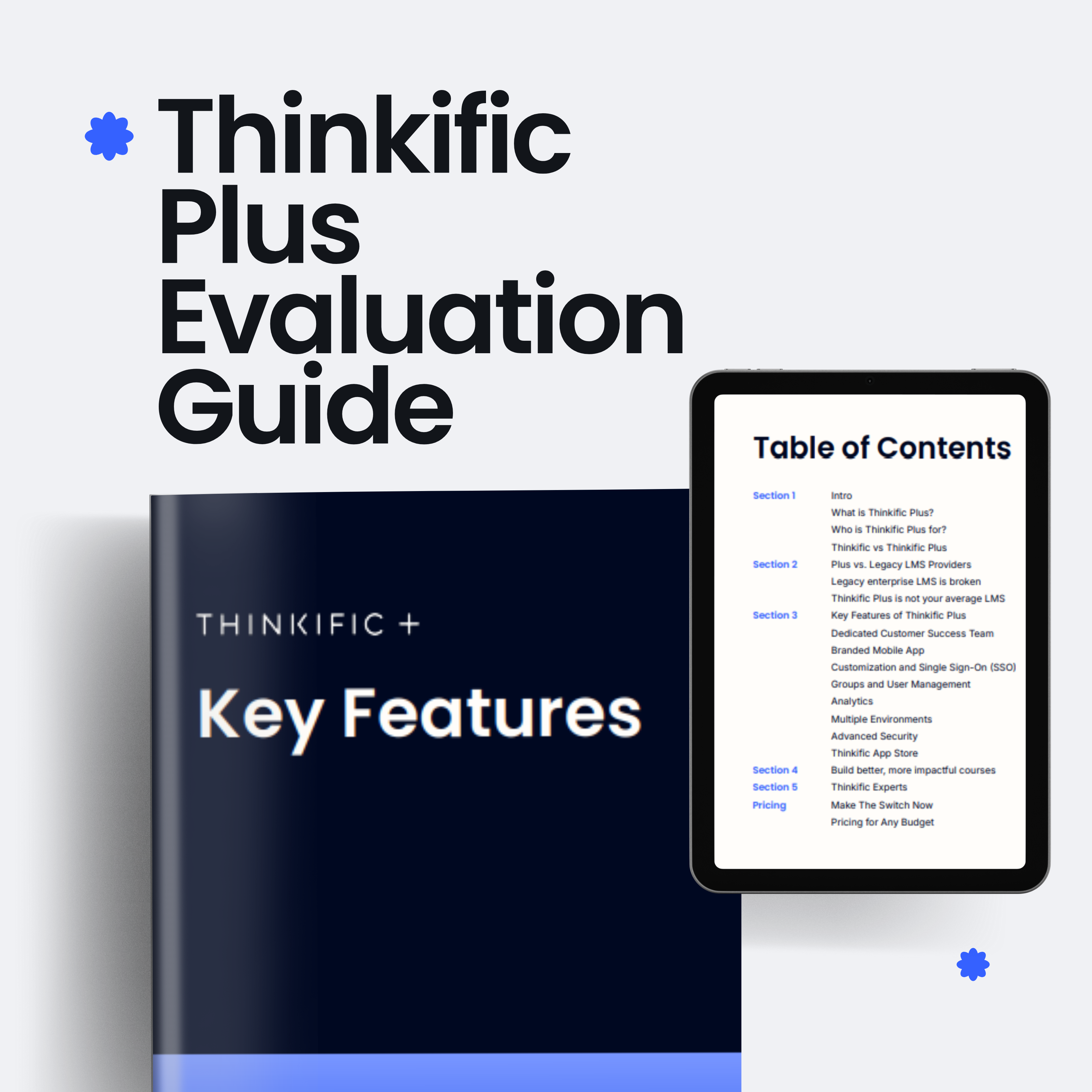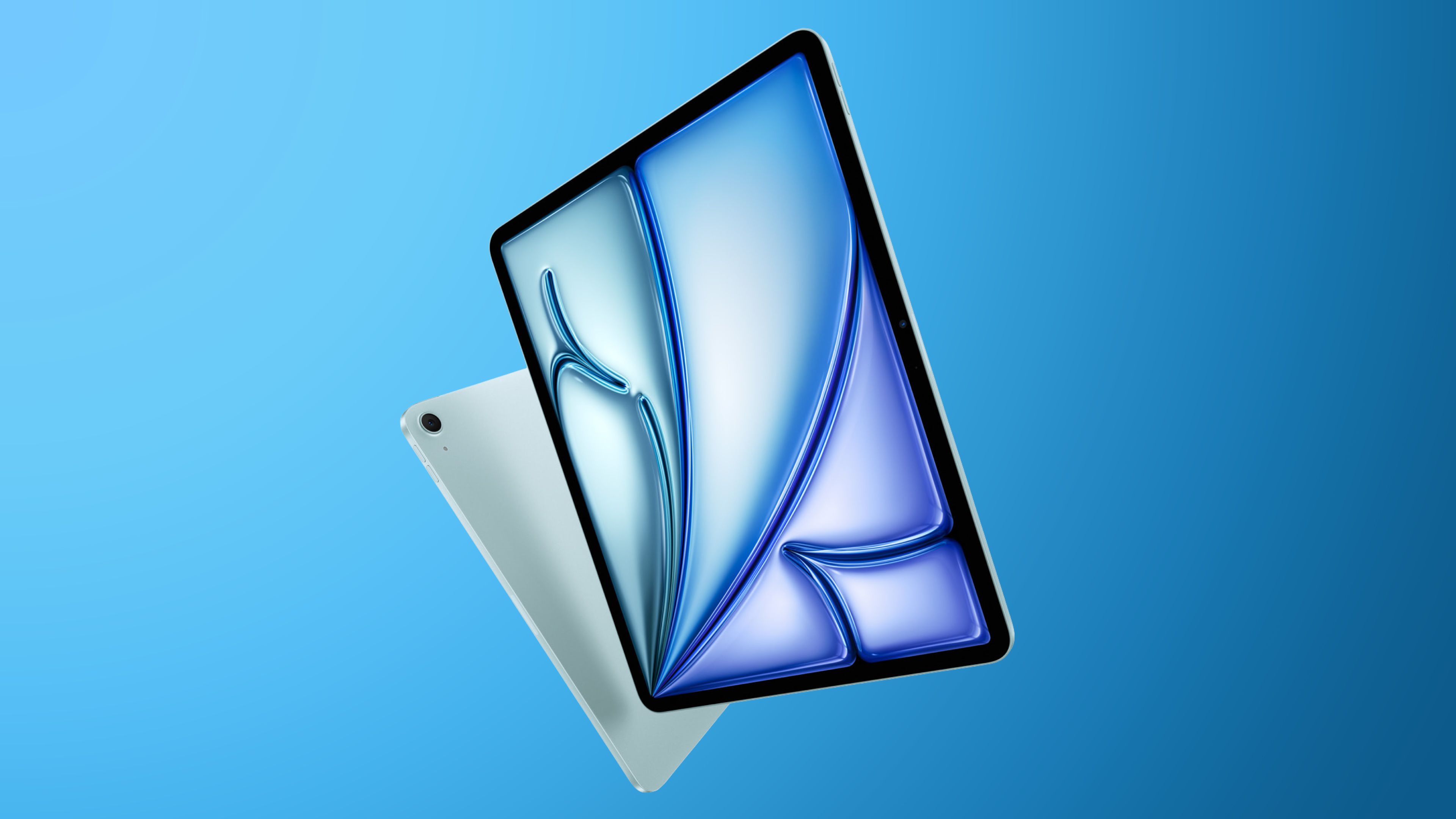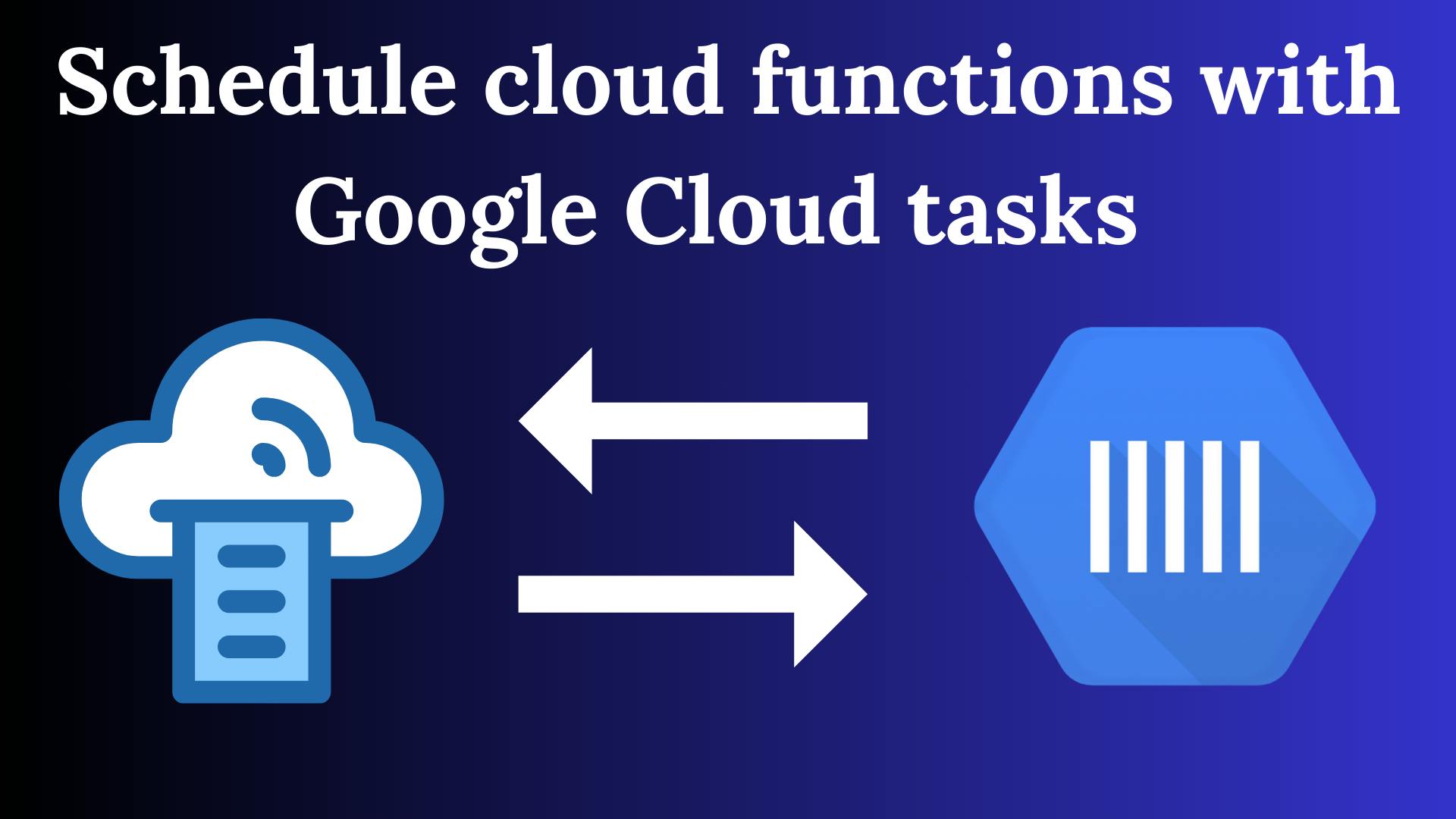A learning path is a tool that can take your training program from confusing to constructive – building on knowledge incrementally to get your learners from A to B efficiently.
A learning path is designed to give learners a clear route through a training or learning program. It breaks course content down into manageable pieces, allowing learners to absorb information and progress smoothly through each course with ease.
Here’s everything you need to know about designing a learning path – including what is a learning path, what makes a good one, and types of learning paths.
Skip ahead:
What is a learning path?
A learning path is a route learners take through a learning experience. Learning paths gather a selection of educational content and transform it into a cohesive learner journey while breaking the whole learning process into manageable, bite-sized pieces.
As someone delivering education, your goal is to get students from A to B in their learning journey. But getting your learners to their final destination requires a series of smaller steps.
It’s not best practice to share all the information at once, which can cause confusion and overwhelm. Instead, a learning path allows you to map out how learners will move through your program and gradually acquire knowledge along the way.
For learners, a learning path provides a roadmap for how they’ll get from their current knowledge place to their desired future. It gives them a clear picture of how you’ll help them achieve their final learning goals and the route they’ll take to get there.
To help you understand how a learning path can help, here are four different types of learning pathways.
- Learning paths for businesses
As an established business, you and your team likely have in-depth expertise in your subject area but need to find a way to share that knowledge in a digestible way. With a learning path, you can break down your knowledge expertise into easily absorbed modules to help learners progress through your course material. By taking learners step-by-step, you’ll increase their chances of success and improve their learning outcomes. Here’s how a learning path can help you.
Example: Mentimeter AcademyTake Mentimeter Academy for example. Mentimeter excels at embedding Learning Paths into their academy, making it easier for learners to flow through course material.
Mentimeter Academy succeeds because they:
- Offer courses ranging from beginner to advanced
- Provide customer education and knowledge expertise courses
- Have “micro courses” for bite-sized learning
The platform is user-friendly, easy-to-follow, and provides learners with a clear learning path.

- Learning paths for customer educationA learning path can also be used to improve customer education by taking customers on a structured journey. With the right learning path, you can move customers seamlessly from learning about your product, to making an informed buying decision, to finally helping them get the most value out of your product.For businesses, implementing a learning path in your customer education process can help you to:
- Move leads down the sales funnel
- Provide a focused approach to learning about your product
- Help customers better understand your product value
- Assist with product adoption
- Provide ongoing education for customers
- Improve brand loyalty
Find out more about optimizing your customer success through customer education here.
- Learning paths for partner education
Partners are a valuable resource for increasing sales and growing your business. A learning path can simplify partner education by providing a clear process for partners to learn about your brand, improve their product knowledge, and ensure compliance.When it comes to partner education, a learning pathway allows you to hit key onboarding targets, including:- Gaining a sense of your partners’ strengths and weaknesses
- Providing partners with the documents and materials they need to sell your products
- Delivering essential brand training
- Gathering feedback from partners
Use this partner onboarding template to instantly improve your partner education.Example: Keap
Keap reduced partner onboarding time by 30 percent using Thinkific Plus. With over 1,400 enrollments and counting, Keap is able to provide next-level parnter onboaring education that resonates.
One of Keap’s favourite Thinkific Plus features is the Dynamic Course Builder becuase it allows them to:
- Create multimedia lesson types
- Utilize comment features
- Produce dynamic learner experiences
Learn more about how Keap used Thinkific Plus to improve their partner education courses here.

- Learning paths for employee training
Education is an essential part of building an efficient and productive workforce for employee onboarding, compliance training, upskilling, and more.
Learning paths give you the opportunity to streamline your employee training by providing a focused approach to learning. With tools like this employee training tracker template, you can communicate employee milestones and track their progress.
A learning path also cuts down on education-related admin. Instead of enrolling employees in individual courses, you can add them to a learning management system and let the learning path guide them.
Example: Procurify
Procurify saved more than 15 hours a week by building an online training academy for their workforce.
Read more on learning paths for employees and how Procurify better enabled their employees with Thinkific here.

Below is a helpful framework for designing your own learning path.
- Conduct a training needs analysis
Don’t skip the critical step of conducting a training needs assessment. This is your chance to consider your learners’ goals and needs to help them to achieve those goals. A training needs assessment will help you identify areas where employees may need additional training and development. After conducting one, you should have an understanding of any gaps in skills or knowledge. With this information, you can ensure your team has the necessary skills to do their jobs.Here are a few questions to consider in your training needs analysis:
- What is the target audience?
- What are their learning goals?
- What is their current skill level?
- What are the main barriers to their learning right now?
By defining the answers to these questions, you can design your program in a clear and structured way.
- Identify skill gaps
Next, identify the current gaps between the skills your target audience has and their desired learning outcomes. Use this training needs assessment template to get started. Ask these questions:- What does my target audience want to achieve?
- Where do they want to be at the end of the course?
- What does my course need to include to get them there?
- What essential skills do they need to learn?
- How will my course help?
You can refer back to your answers later to make sure your course delivers on its aims.
- Define your learning goals
Take the information from steps one and two and turn it into your learning goal. You’ll identify the skills, knowledge, and capabilities you want learners to achieve by the time they’ve completed your program. This is the foundation on which your education program will be built.For a bar tending school, a learning goal might be: After completing the training, the learner is able to craft all cocktails on the menu quickly and efficiently, with no assistance.This learning goal clearly defines who will be doing the learning, what they will be able to accomplish, and the degree of mastery involved. - Create an eLearning StoryboardIt’s time to create a storyboard for your course.
An eLearning storyboard allows you to map out the learning path, describing what content you will create and how you will produce the content. Here are a few examples of what you can include in your eLearning storyboard:- How you’ll deliver the education
- What instructional materials you’ll use
- What order your content will go in
- How your modules will fit together
- Who you need to work with to deliver the program
Creating a storyboard is your chance to get the bulk part of your course planning sorted. In this step, you’ll figure out exactly what you need to include in your course and how you’ll deliver it.
- Optimize content subject matter and packaging
After the initial eLearning storyboarding, it’s time to optimize your content and make sure it hits your learning goals. Be sure to refer back to the objectives you defined at the start of your process. It’s important your current learning path doesn’t overload learners with too much information all at once. Read this blog on cognitive load theory to learn more. - Create steps and milestones
To refine your learning path even more, you’ll need to build the steps you want your learners to take. Clearly defined steps and milestones help make the journey through your course smooth and enjoyable. A great way to implement steps in your learning path is using a hierarchy of online learning that builds on Bloom’s taxonomy.The hierarchy of online learning can be broken into six stages:- Remembering facts
- Demonstrating understanding
- Applying learning to actual situations
- Analyzing ideas and understanding how they all fit together
- Using knowledge to propose new solutions to a given problem
- Creating, designing, and implementing new things based on the learning
This system creates a scaffold for designing your learning path. As learners move through each level, they’ll build on their knowledge from the previous stage. By keeping this structure in mind, you can ensure that your learning path follows a logical progression.
Read more about methods to make learning stick using Gagne’s 9 Events of Instruction.
- Implement and monitor your learning path
Designing the best possible learning path is a continual process. After you’ve designed and implemented your learning path, you can monitor its performance and collect feedback from learners. If something isn’t working, take another look at your learning path. What’s missing? How can you make the journey even smoother? The best learning paths are ones that respond and adapt to the needs of your learners.
Keep these considerations in mind when building your own learning path.
Produce evergreen content
For online courses to be effective, they need to be standalone with minimal input from you or course instructors. Try to anticipate the learners’ needs and plan your learning path with those needs in mind.
An important reason for implementing a learning path is to reduce the amount of input that’s needed day-to-day. With evergreen content, learners can journey through the learning path independently and on their own time.
Consider different learning styles
Everyone learns differently. Not all learners will have the same preferences when it comes to learning styles.
When you’re designing your learning path, try to create resources that cater to multiple learning styles. Think about producing a range of different content, for instance, a combination of image-rich content and auditory content like podcasts or lectures. The more variety of activities and exercises you can offer, the better.
Make it bite-sized
One of the main advantages of a learning path is it allows you to break the learning journey into small “bite-sized chunks.”
Not only does this help to make your course easier to follow, but by transforming your program into small learning steps, you also add an extra level of flexibility.
Learners can take course modules one at a time, allowing them to structure their learning around their busy schedules. A learning path creates a continuous journey for learners without overloading them with too much information all at once.
Learn more about Micro-Learning Strategy.
Conclusion
Learning paths simplify complex training needs. Designing an effective one is key to creating an engaging and successful learning experience.
By breaking content into manageable, bite-sized chunks, identifying skill gaps, and setting clear learning goals, you can guide learners through a smooth and structured journey.
Whether you’re developing training for employees, educating customers, or onboarding partners, learning paths help simplify complex content and cater to diverse learning styles.
Remember to continuously refine your path based on feedback, and consider using evergreen content to empower learners to progress independently.
Get started with Thinkific learning paths here.
Discover how your business can leverage online learning to drive business growth today.
Leverage education to drive growth across your business.
Platforms like Thinkific Plus are making it easier than ever for growing businesses to build and launch their first online learning academy. With specialized tools for content creation, learning paths, engagement, and analytics for continuous improvement, enabling your customers and fostering business expansion is more achievable than ever.
Ready to find the right platform to launch or scale your online learning program?
The Thinkific Plus Evaluation Guide breaks down the key features, questions, and considerations you need to make the best choice for your business.

Download it now and set your program up for success!
- What is a learning path?
A learning path is a structured, step-by-step journey that guides learners through an online course or training program, breaking down content into manageable, bite-sized chunks. It helps learners progress smoothly by focusing on key skills and learning goals, while also accommodating different learning styles.Learning paths can be used for various purposes, such as employee training, customer education, and partner onboarding, and are designed to provide a clear, engaging, and efficient learning experience. - Why is it important to include learning paths in education and online courses?Learning paths are important in education and online courses because they provide a structured, step-by-step framework that helps learners absorb information more effectively. By breaking content into manageable chunks and aligning it with clear learning goals, they ensure a smoother, more engaging learning experience. Learning paths also cater to different learning styles and allow learners to progress at their own pace, improving retention and overall success.
- How do I build a Learning Path within Thinkific Plus?To build a learning path within Thinkific, start by structuring your course content into manageable, bite-sized modules that align with your learning goals. Use Thinkific’s Learning Paths feature to organize your courses into a clear, step-by-step progression, ensuring each step builds on the previous one.
Customize the path to cater to different learning styles, incorporating diverse formats such as videos, quizzes, and assignments. Monitor learner progress, gather feedback, and refine the path as needed to optimize the learning experience. Thinkific provides templates and tools to streamline this process, making it easier to design and manage your learning journey! - What are the benefits of creating learning paths?
Creating learning paths offers several benefits, including providing a structured, step-by-step framework that helps learners progress efficiently and absorb information more effectively.They break down complex content into manageable, bite-sized chunks, improving learner engagement and retention. Learning paths also cater to different learning styles, offering flexibility and enhancing the overall learning experience.Learning paths help streamline course design and delivery, making it easier to track learner progress and ensure that educational goals are met. Whether for employee training, customer education, or other purposes, learning paths improve learner outcomes and make the learning process more effective and enjoyable. - What are the best practices for creating learning paths?
The best practices for creating learning paths include structuring content into manageable, bite-sized modules that align with clear learning goals. It’s important to consider different learning styles by incorporating a variety of formats, such as videos, quizzes, and readings.Start by conducting a training needs analysis to identify skill gaps and tailor the path to meet learners’ needs. Ensure the path builds progressively, with each module reinforcing the previous one, and allow learners to progress at their own pace. Regularly monitor progress, gather feedback, and refine the path to improve the learning experience. Using evergreen content can reduce ongoing maintenance and empower learners to learn independently.
This was originally written on July 2021. Expanded on January 2025.











